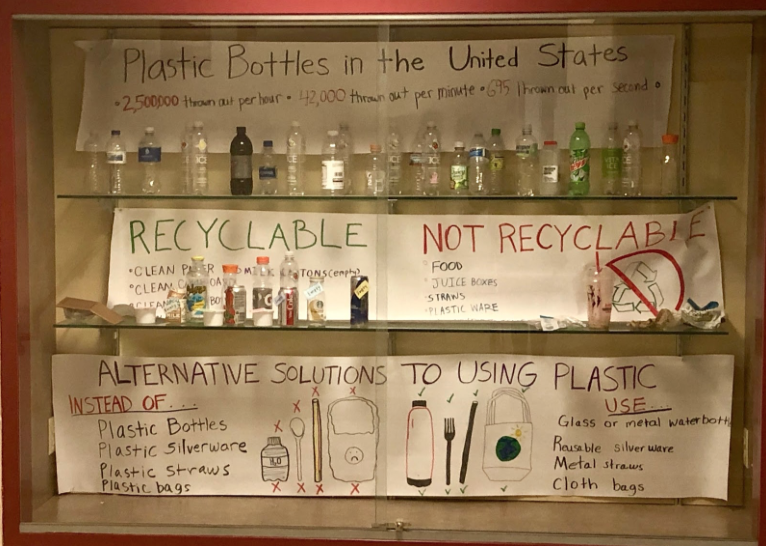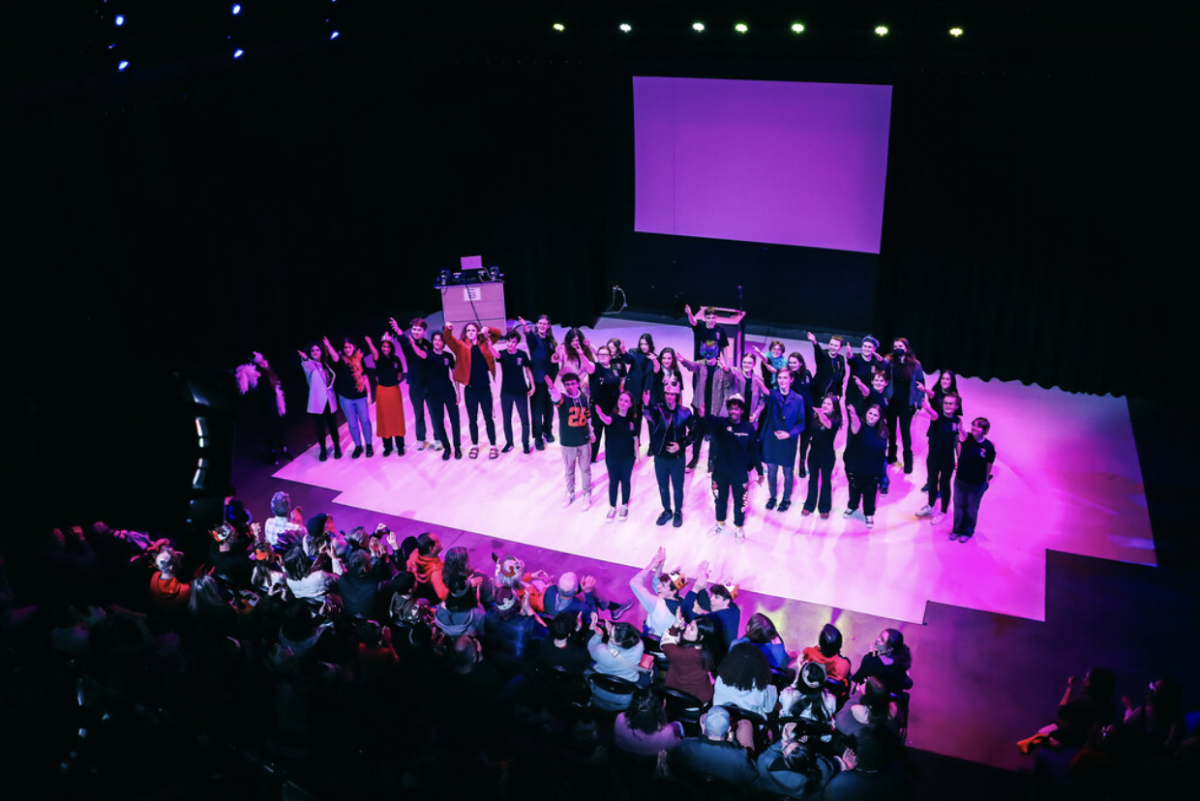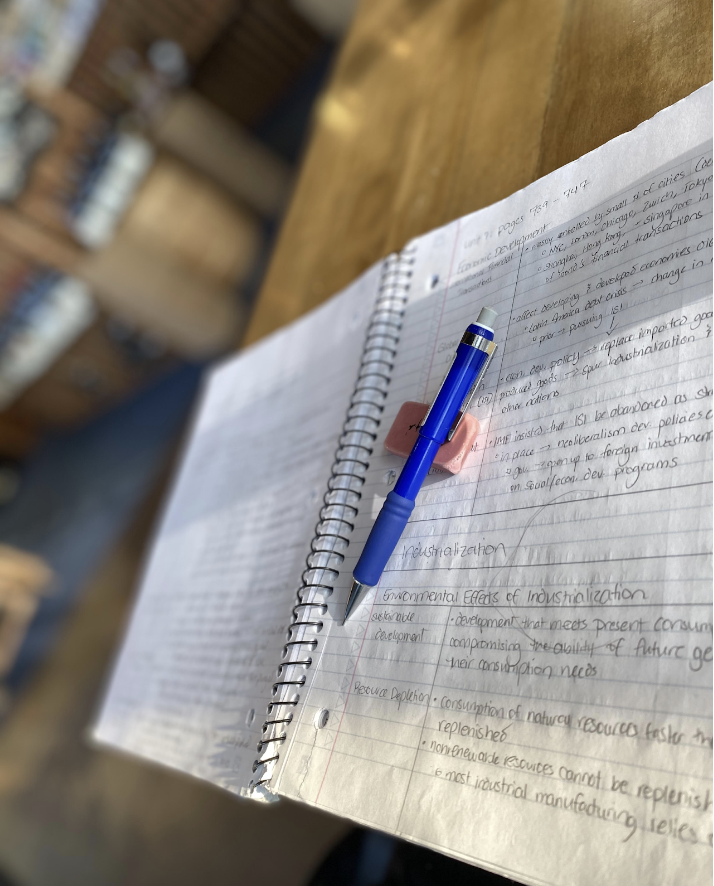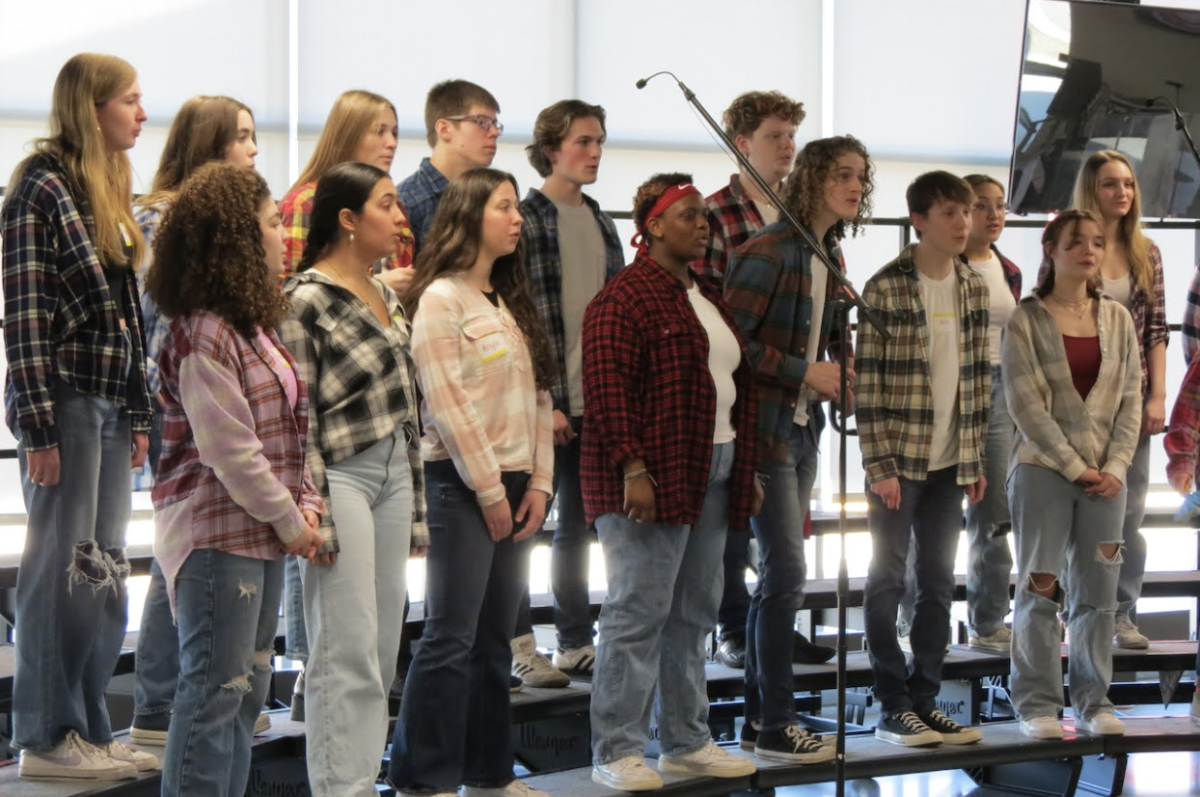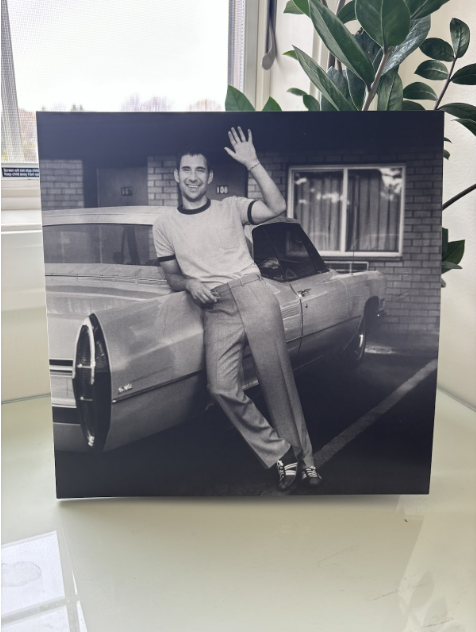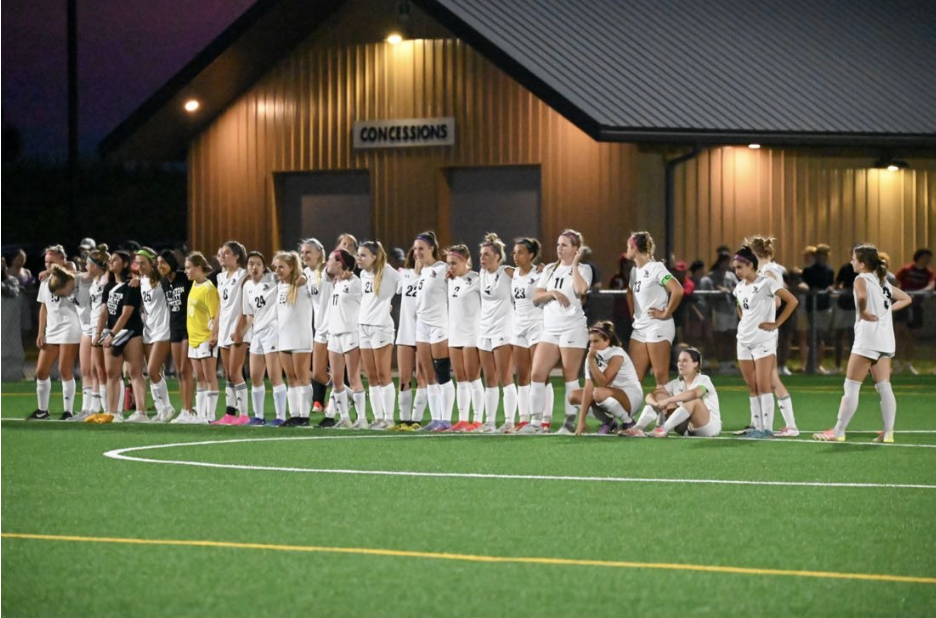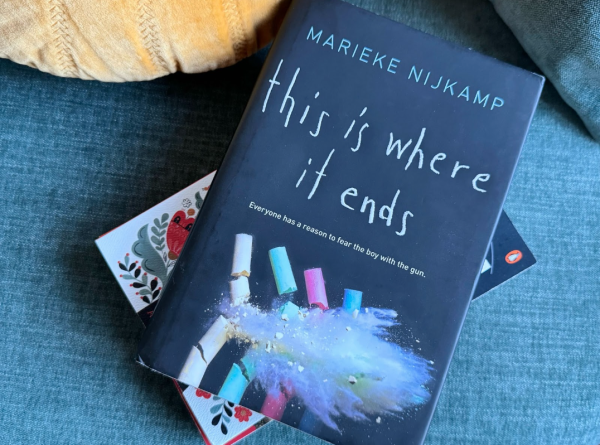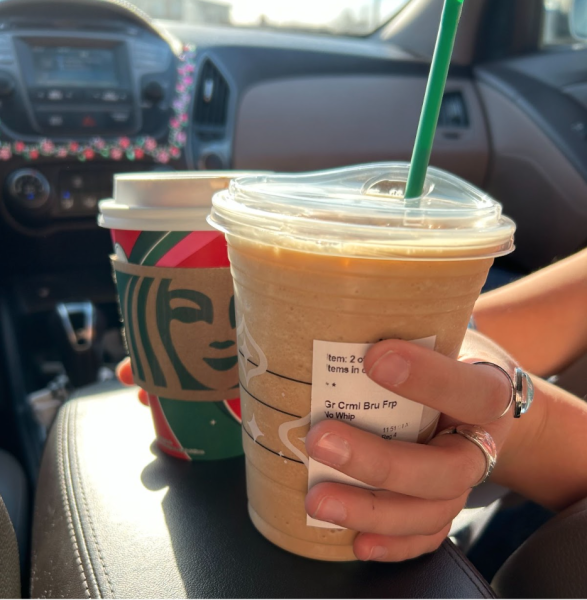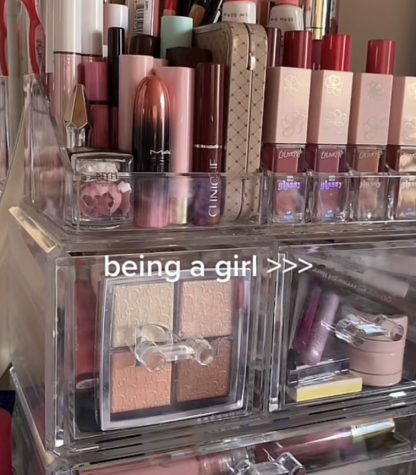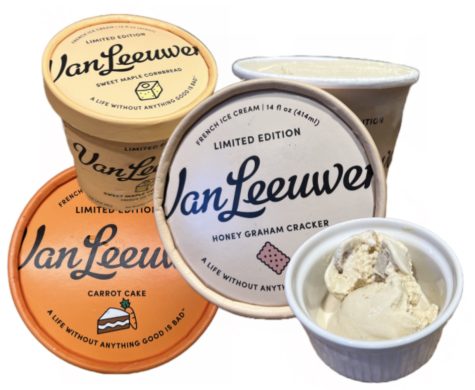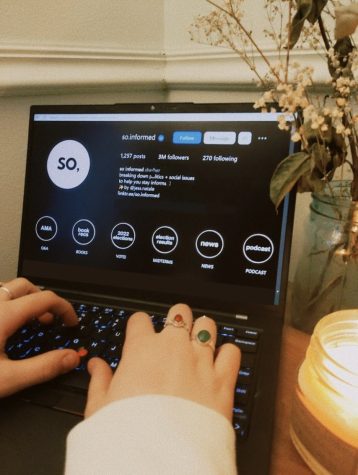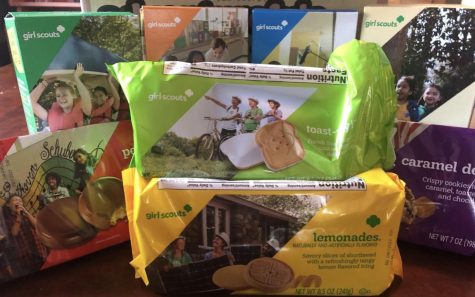Reduce, Reuse, and Don’t Recycle: The Real Solution to MHS’ Waste Problem
To raise awareness for proper recycling methods, students from Ms. Madison’s Environmental Studies class created a display promoting the three R’s: Reduction, Reuse, and Recycling.
March 17, 2019
When you recycle at Middleton High School, where does that recycling go? Presumably, it gets collected, sorted, and transformed into something else. Unfortunately, that is often not the case.
It’s a generally well-established fact at MHS that we don’t recycle as much as we should. The consensus among students is that recycling at MHS doesn’t occur at all.
“That’s a misconception,” says Lead Custodian Richard Bruns. “We [MHS] recycle cardboard, paper, and plastics 1-7.”
If anything other than the items Bruns’ specified end up in the recycling system, the machines that sort waste products can jam and break, backing up the whole system. As such, it is imperative that recycling is done properly at the school level.
“If a recycling bin is a mix of trash and recycling, it has to be thrown away,” says Allison Madison, the Environmental Studies teacher at MHS.
This rule is the basis for the root of MHS’ recycling problem: contamination.

⅚ of the items in this MHS recycling bin are non-recyclable. Everything – including the recyclable cup – will have to be thrown in the trash.
Nowhere is this issue more prevalent than in MHS’ lunchroom, where students indiscriminately throw food scraps, snack packages, and unfinished drinks in with recyclable items.
To counter this issue, several of Ms. Madison’s Environmental Studies students undertook a project which involved talking to students in the lunchroom at MHS. Several weeks after this project finished, I wanted to see what they had learned.
Most students I spoke with understood that plastics, school paper, and metal cans are recyclable. Everyone also knew that food is not. Nevertheless, most of the recycling bins across the school are frequently littered with food scraps and drink remnants.
“Very [few] kids care, they just throw away whatever. They see a recycling bin, they’ll throw there – even something like a tissue,” said MHS senior Alonso.
He and Eyad, also a senior at MHS, both admitted to being contributors to the problem, despite correctly identifying which materials can be recycled.
“It’s not whether we know or not, it’s just laziness,” said Eyad.
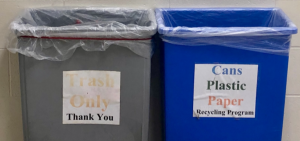
Despite signs indicating what waste goes in which bin, MHS students and staff routinely incorrectly recycle.
When students throw everything in recycling, it is difficult to encourage better recycling practices at the school.
“Do we educate on ‘this matters’ or ‘this is how you do it?’” said Ms. Madison.

Environmental Science teacher Ms. Williams has started a signage campaign to educate MHS on proper waste management.
At first glance, the solution to MHS’ recycling issue seems simple: have everyone recycle the correct items. However, if our goal is to be as sustainable as possible, recycling may not be the solution at all.
Although it is certainly better than doing nothing, recycling should not be the first resort for waste management. As The New York Times explains, much of America’s recyclable waste has been bought by China in the past. Recently, that has changed: China is no longer recycling foreign waste. Therefore, Mr. Bruns explains, recycled materials are becoming trash.
“Recycling is the third R, and not just because that’s the way it is ordered. [It’s] because it does the least amount of good,” said Ms. Madison.
Reducing is more effective in protecting and conserving the environment. Refusing, reducing, reusing, and repurposing are far more effective than recycling, especially now that waste is not guaranteed to be recycled.
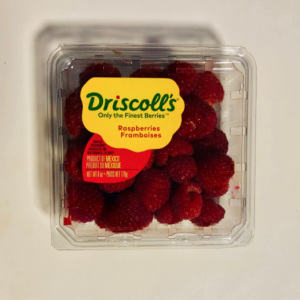
Even simple items, such as this raspberry container, represent a vast network of policies, industries, and attitudes that contribute to the issue of waste and pollution. Instead of buying in bulk, paying taxes on hard plastics, or using eco-friendly containers, consumers are able to get their food neatly packaged in plastic pollutants.
The responsibility for protecting the environment extends beyond the individual. The one-time plastic industry is a key contributor to the waste problem in the United States. Back in the lunchroom at MHS, daily lunches are served with disposable plastic utensils and food containers as well as chip bags, milk cartons, and napkins.
Ms. Madison speculated that even something like school lunch could make a real difference. Providing environmentally friendly alternatives, biodegradable waste materials, or real silverware could eliminate the contamination issues that are preventing MHS from recycling lunchroom waste. It would be a big change, but a big change is necessary.
As Mr. Bruns said, “Whether you have one person or ten thousand people, everyone has to buy into it to make it work.”
With limited time and energy to invest, individual actions might seem futile at first, but they are instrumental in building the foundation for a cleaner environment. By purchasing food in bulk, paying taxes on hard plastics, and using eco-friendly, reusable containers, individuals can help eliminate waste. As the global population rises, resources are diminishing, and waste levels are rising. Simple acts, such as recycling the proper materials, are becoming increasingly important. Though one person recycling may not seem like much, collective action today is the only way to a greener tomorrow.



